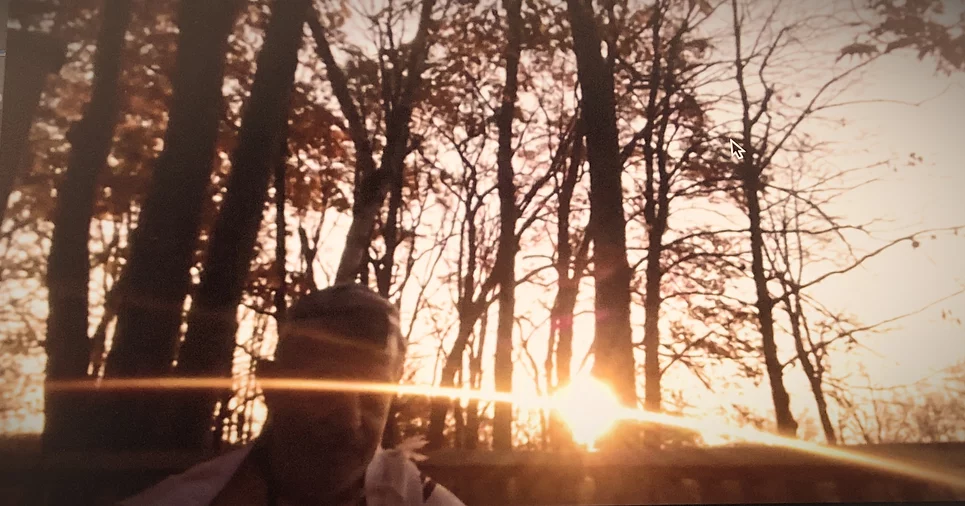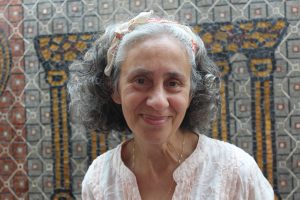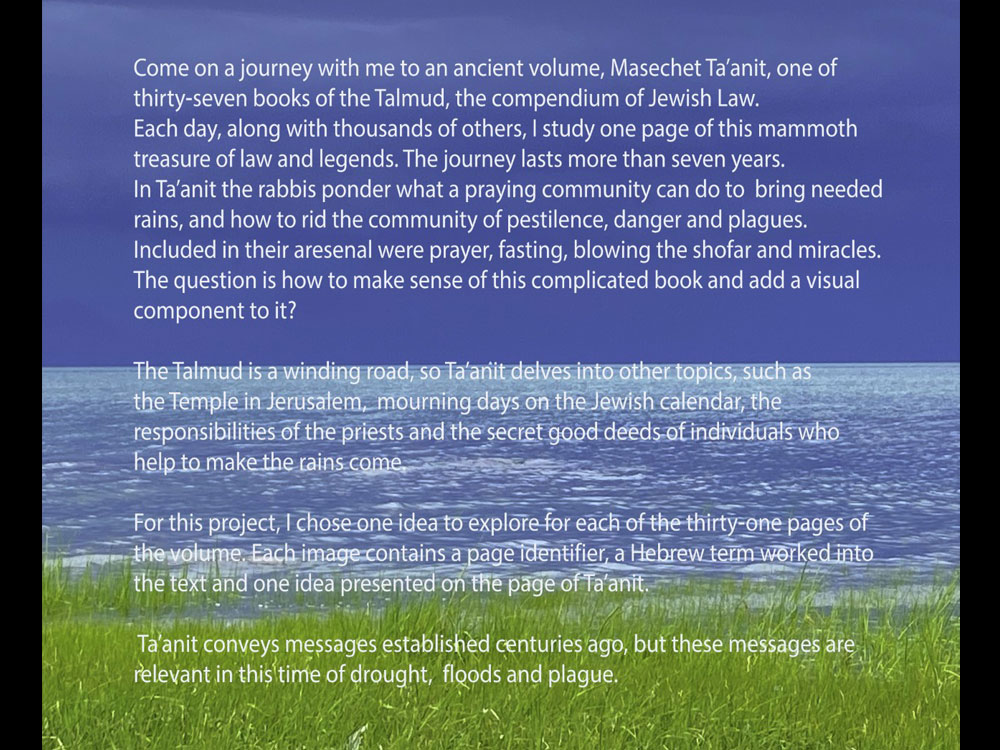Jewish learning Interpreting Text Through Images

When Leann Shamash’s mother was 95, the two embarked on a photography project in which Leann would photograph her mother, Irma Gershkowitz, donning hats of the 20th and 21st centuries. Leann focused on her mother’s gestures and facial expressions, watching her personality shine through and her flair for drama come alive.
Shamash’s photography interest deepened the following year when, following her mother’s death, she visually documented a Zoom minyan where she and other mourners met to say Kaddish. She called her project “The Memory Room.”
This past fall, she delved deeper into photography through the Photography Atelier program at the Griffin Museum of Photography. She is creating a portfolio of photographs that represent the 31 pages of Masechet Ta’anit (The Tractate of Fasts), one of the 37 tractates of Talmud, combining her interest in photography with her passion for Jewish learning.
Shamash, a longtime Jewish educator, is also teaching courses that combine image and text for Hebrew College Adult Learning’s Open Circle Jewish Learning program. In the fall, she offered “Glimpses of Light and Darkness: The Book of Genesis Through a Photographic Lens.” Beginning February 13, she is teaching “Feasts, Fasts, and Fakeries: The Scroll of Esther Through a Photographic Lens.” She has also been teaching Grandparenting Through a Jewish Lens at Hebrew College for the past few years.

Shamash said she chose to focus on Megillat Esther this semester because, similar to the Book of Genesis, it is full of drama, color, and intrigue. The book reads like a novel, full of rich themes and motifs, evoking images of sumptuous parties, costume balls, carnivals and feasts, as well as court intrigue, bravery, strong women, and heroes and villains, which can all be translated into images.
In her class, students will be asked to delve into the texts of the Megillah, and then to find a theme in the reading that they will then explore through either taking photographs that speak to them or going through their archive of photos for images that sync with a theme from the Megillah. She timed the class to end just before Purim so that people could participate in the reading of the Story of Esther with a new “richness of experience.”
During the pandemic, in addition to photography, Shamash also started participating in Daf Yomi (a page of Talmud each day), and writing poetry on the parsha, which she shares in her Zoom minyan, and on a poetry blog. She is looking forward to sharing her creative passions with her Hebrew College students.
“The whole experience of being part of a daily minyan and regularly writing poetry for the Kehillath Israel minyan has given me the opportunity to form a relationship with the Torah text. It has allowed me to create,” she said. “I hope that my classes will allow students to harness that same inward vision for themselves; to find their passions and be creators through their own close reading of the text and their iPhones or cameras.”
Learn more about “Feasts, Fasts, and Fakeries: The Scroll of Esther Through a Photographic Lens” and other winter/spring 2022 Hebrew College Adult Learning courses.













